Disciplining a Child with ADHD: How to do it Right (from a child therapist)
Inside: Your survival guide for disciplining a child with ADHD in a way that teaches them best and doesn’t leave emotional scars.
Navigating discipline when it comes to ADHD in kids is like trying to get a toddler to eat kale without bribery, it often feels impossible.
Why is it so darn hard to discipline a child with ADHD? Three words. Vortex of negativity.

Because of your child’s ADHD symptoms of impulsivity, distractibility, and emotional volatility many days feel like you’re under siege from enemy fire.
Defiance (boom!), Yelling (boom!), Not listening (boom!)
These behaviors are highly frustrating for parents as well as emotionally triggering, so it’s easy to become overwhelmed with an ADHD child and react with impulsivity and emotional volatility yourself, with threats, yelling and harsh punishments. Your harsh reactions lead to more negative behaviors from your child.
Before you know it, your whole family seems to be trapped in a vortex of negativity.
While the behaviors that result from ADHD symptoms in children are NOT easy to handle, it is, possible to handle them most effectively.
Not only will disciplining a child with ADHD the emotionally healthy way help to reduce your child’s negative behaviors and increase their strengths making your life easier, but it will also lead them down the path of future success (and not detention).
This approach to disciplining a child has had miraculous results not only in my therapy office with my clients but also in my home (as I’m a proud parent of two kids with ADHD myself).
4-C’s Framework for Discipling a Child with ADHD
A lot of the 4-C’s approach to disciplining a child with ADHD relates to having the proper mindset as a parent as well as reviewing some discipline basics. In order for the 4-C’s to be effective the following principles need to be considered:
- Kids do the best they can with the skills they have (thank you Dr. Ross Greene for that mindset game-changer!)
- The root of the word discipline is ‘disciple’ meaning, to teach (not to punish or inflict pain)
- All humans grow and thrive better in the long-term when they are made to feel better/empowered/supported not made to feel worse
- According to science we now know undoubtedly ADHD symptoms are real manifestations of differences in brain structure (smaller subcortical volume), function (decreased blood flow in the frontal lobe) and chemistry (less dopamine) and are NOT behavioral/intentional/malicious (see resource page for more info linked at the bottom)
- A child’s challenging behaviors communicate a need for more support in that particular area

If any of those ideas were mind benders, hang with me. We’re talking about how to discipline a child with ADHD the right way which means according to what we know about how your child’s brain works when they’re being disciplined AND also with the knowledge that these kids have skyrocketing rates of anxiety/depression/drug use/incarceration which can stem from harsh discipline and ineffective punishments/criticism/shaming.
Trying some new approaches to help a child with ADHD can help your child avoid becoming a statistic.
Now let’s get to it.
Disciplining a child with ADHD all starts here both in human development AND in discipline
Somehow generations before us got the idea that the discipline gig all started with punishment…but in reality, when it comes to improving a child’s behavior it all starts with connection.
As a child therapist and parenting coach, I can honestly say that a child’s hard-wired biological need for secure attachment and close connection with their caregivers is the most overlooked aspect of raising a child.
Without this basic need being met, a child will not be at their best in day to day life because emotional needs come first in the brain. If and only if a child’s emotional needs are met can they achieve full cognitive capacity or a state of hemispheric ‘integration’ as referred to by Dr. Dan Siegel and Dr. Tina Bryson.
Stop worrying about your child’s grades, stop worrying about their extracurriculars and place your primary concern with
making sure your child feels unconditionally loved and accepted in spite of their challenging behaviors.
A child that is connected and feels seen, heard and valued, is a child that is better able to listen and cooperate. Period.
I get it, it’s not always easy to say the least when parenting an ADHD child, but strive to see your child through their behaviors, notice their strengths, talents, and passions. Notice what delights you about your differently wired child.
Appreciate their uniqueness, spending a small amount of time with them each day to connect and climb into their world if only for a few minutes.
Having this need met (in attachment theory this is known as secure attachment) gives your child the emotional springboard necessary to meet the challenges of their daily environment (and there are many for kids with ADHD).

This one holds true for kids with ADHD especially
Anyone that’s dipped their toe in the pool of ADHD behavior management strategies, has got the memo that consistency is essential. This rings true even more so for kids with emotional and behavioral challenges.
Due to executive functioning challenges, kids with ADHD live in the now. They have a much harder time projecting out even 15 minutes to get a vague sense of what’s to come. Due to this inability to generate a ‘mental template’ in order to know or remember what to expect, transitions, new activities/places, and unpleasurable activities can be very anxiety-provoking.
When the brain’s stress response kicks in from even minimal anxiety, enter defiance, and disruptive behaviors.
Cut down on anxiety related to transitions or ambiguity of expectations and rules by being clear and proactive.
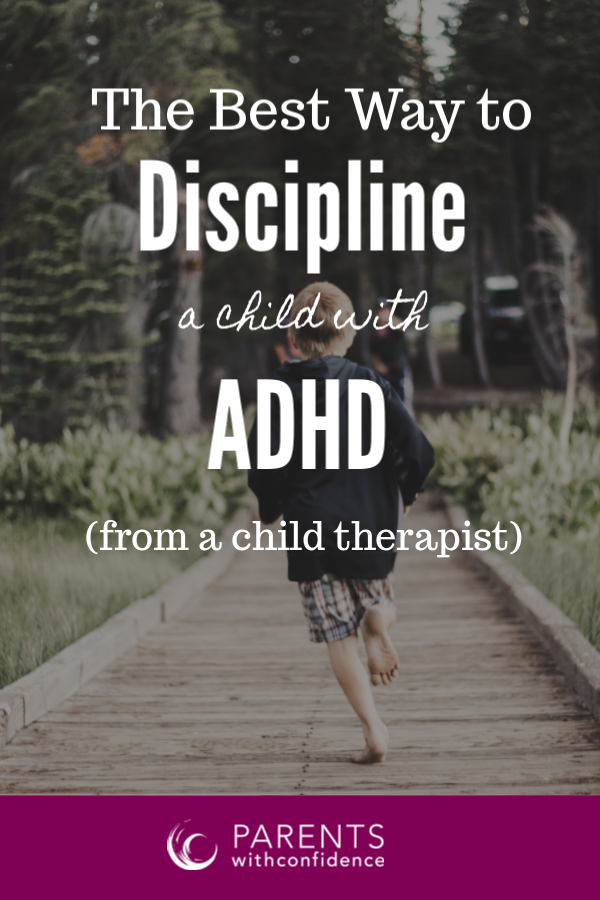
Disciplining a child with ADHD is made much easier by making household expectations clear with age-appropriate visuals with graphics/text placed where the child can access it, and review often.
Parents I’ve worked with report back with amazement after starting to prepare their child ahead of time by clearly outlining expectations, enacting role-plays to literally go through the motions (with younger kids) and thinking ahead of what their child’s needs might be in any given environment (then going prepared with the tools to best meet them).
Right up there with clarity comes follow-through as far as consistency goes. When your child knows what reactions and consequences to expect they will have a greater chance of internalizing family rules and expectations.
If you are wishy-washy and inconsistent with limits and expectations, your smarter-than-a-whip-kiddo is going to walk all over you while doing their best to rise to the challenge of ‘getting away with it!’
Related reading >> Anger Management for Kids: A Therapist’s No-Fail Guide to Calm
Here’s the one you’ve been waiting for
You are absolutely correct, children do need consequences at times in order to learn and grow. Kids with executive functioning deficits rely on cause and effect for learning even more so then neurotypical children.
How should you handle consequences for an ADHD child? Depends on what effect you want your consequences to have.
Is your goal blind obedience, or do you want to allow your child to build communication skills?
Is the goal of disciplining your ADHD child temporary behavior change through external motivators (adults yelling and threatening) or long-term behavioral change through intrinsic motivators (a child’s internalized sense of right and wrong)?
Is the goal to change or ‘fix’ your unique child, or to support them in overcoming challenges and building the skills they need to meet their personal full potential?
The nice thing about being on the same team as your child is that you don’t have to be the bad guy. You are the leader, encourager and limit setter but you CAN set limits and deliver consequences with respect (you know, the way you’d like to be treated and spoken to), offering empathy when your child messes up.
Being firm and respectful are not mutually exclusive.
Natural consequences are key for kids with ADHD. Please know they are constantly eliciting and receiving natural consequences throughout their day. (impulsive behavior will make their friend move to another table at lunch, blurting in-class class invites a look of frustration from teachers, not standing still in line after three reminders provokes whispers at robotics club).
The linear left brain world is constantly bombarding your ‘outside the box’ child with consequences and over time, they will learn from them. Sometimes you will have to be the one to deliver consequences, and consequences that work best are as directly related to the offense as possible.
Waging a battle every time screen time is done? No screens the next day. Won’t stop using potty language at the table? You’ll have to wait until everyone’s done to come back and try again with dinner (no need to lose your cool-it won’t help, makes you seem powerless and won’t help your child deal with anger).
Arbitrary discipline (aka punishments) with an ADHD child usually have more to do with how you’re feeling emotionally in that moment and less to do with what’s fair or effective to teach the child.
If you’re putting your child’s needs ahead of your emotions, you’re winning at disciplining a child with ADHD.
Disciplining a Child with ADHD using 4 C’s is the key to success both now and in the future
It’s time to do better with our outside the box kids. Slowly the world is changing to view atypical kids for their strengths and possible contributions to our society, but it all starts at home with raising an ADHD child.
If we don’t show our child we value them through our actions and behaviors how will the world come to fully value them?
You have a child that faces great challenges every day, many of these are invisible to others. You can lessen their challenges at home. Making your home a place where your child is loved and respected even at their worst is really the key to it all. With that bright kid of yours (and your advocacy), the rest will all fall into place.
Download Your Free Discipline Cheat Sheet
Print this discipline guide to remember the steps of positive discipline and problem-solving in the heat of the moment
Here’s a preview:

Download your Discipline Checklist:
1. Download the free checklist. You’ll get your download and also join the Parents with Confidence weekly newsletter with tips and insights on how to raise an emotionally healthy child.
2.Print your checklist and post in a visible area (cardstock works best!).
3.Grab your checklist whenever you need it and you’re on your way to better more effective discipline and an emotionally healthy child!
Click HERE to subscribe and download!
Other articles you’d love:
How to Get Your Child to Listen without Yelling
Parenting an Angry Child? 10 Underlying Reasons you shouldn’t Ignore
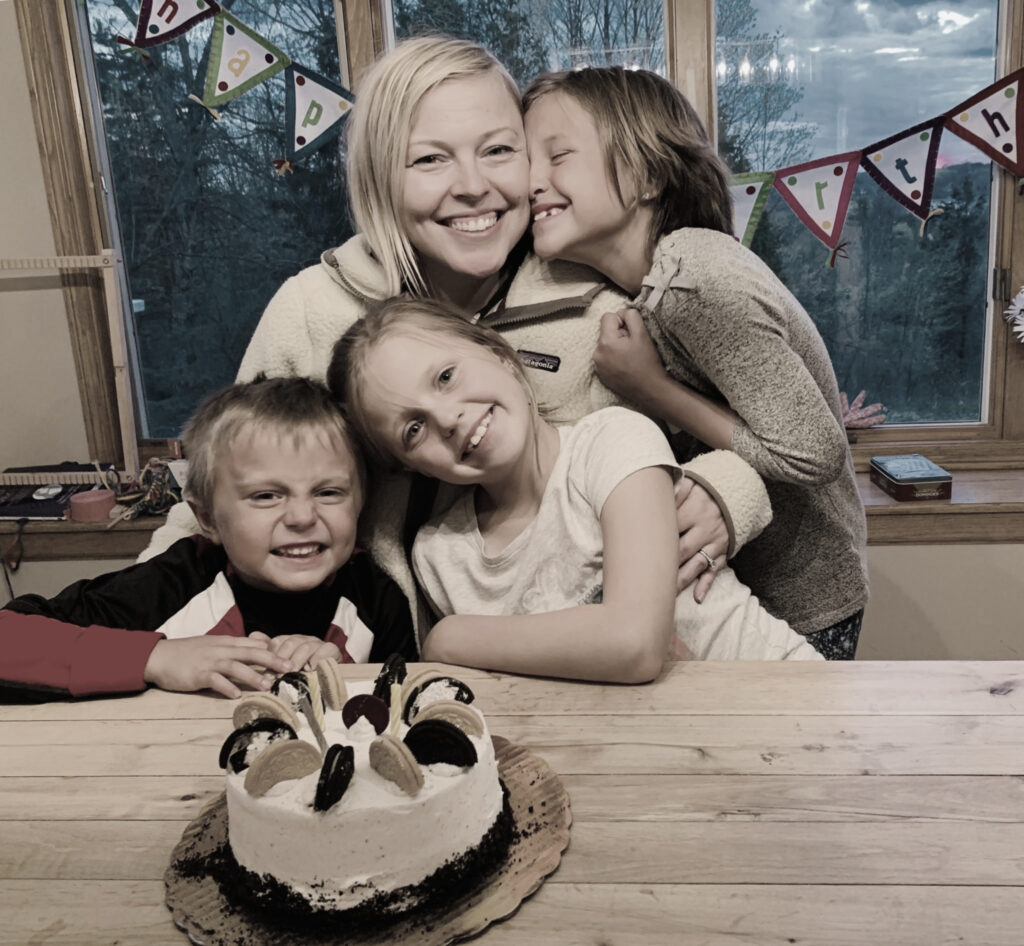
About Angela Pruess LMFT
Welcome! I’m Angela, a Licensed Children’s Mental Health Professional, Positive Parenting coach, and mom to Spirited Kids that help me learn and grow (grey hairs) every single day. I believe EVERY child deserves to live their BEST life and that emotional health is the magic key to lifelong success and happiness. Read more about me and the Parents with Confidence manifesto.



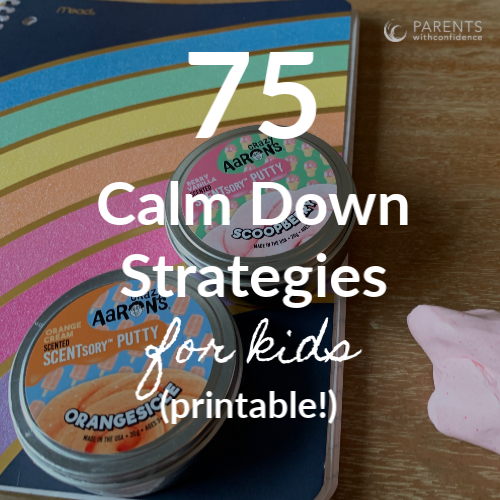
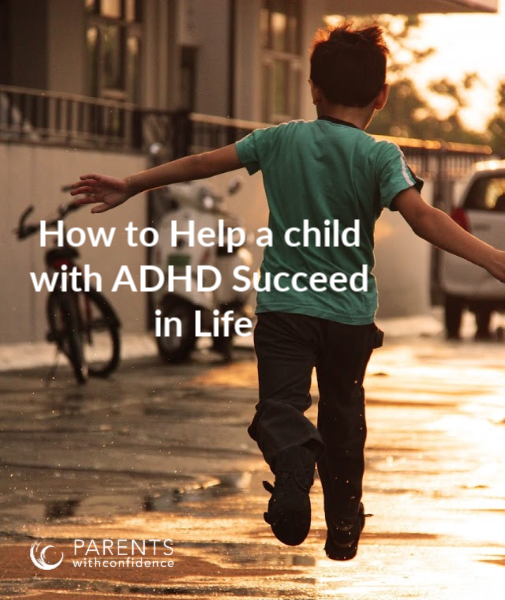
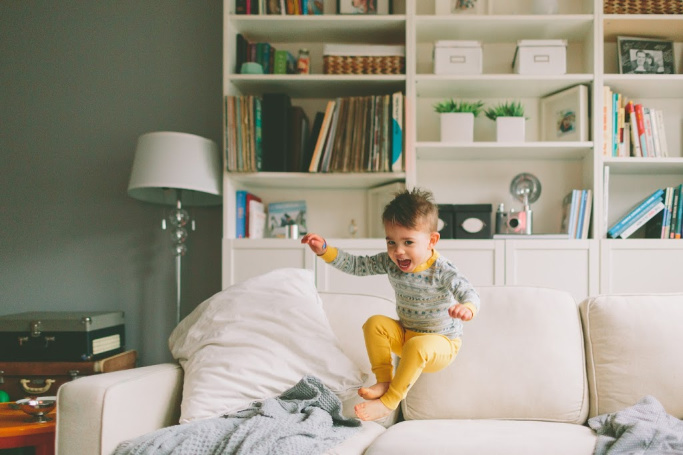


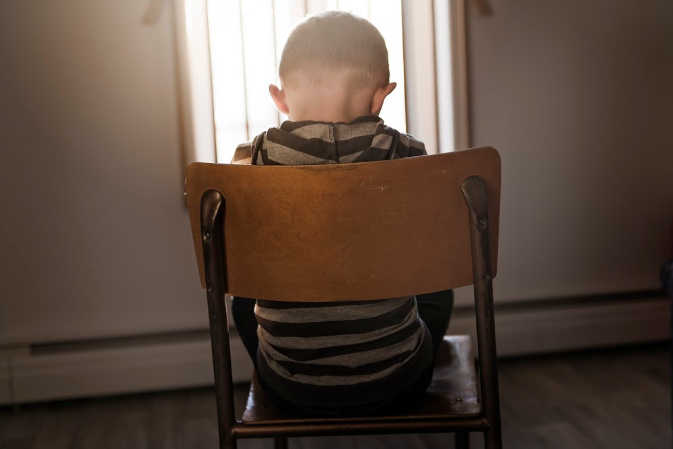


These are all good points. As a mother of a child recently diagnosed with ADHD, this helps a lot. Thanks.
I am going to print the full article. Summarise in bold black key word. Posted on walls…
Family needs all of us to work together. Great truths for all of us.
God bless